
Cat and dog allergies are common
Roughly 10 to 20 percent of the world’s population is allergic to cats and dogs, according to a 2018 study conducted by the Allergy, Asthma, & Immunology Research Center. Fortunately, you’ve got other options when it comes to owning a household pet—and no, we’re not just talking about goldfish and snakes. In your search for an animal companion that won’t make you sniffle, consider bringing one of these eight popular pets into your home. If you’re only a little allergic, you should look into these dogs that don’t shed (that much).

Hypoallergenic dogs (and some cats)
Not all cats and dogs carry the same sneeze-inducing properties. In fact, a handful of hypoallergenic breeds exist that even people with bad allergies can bring into their home. According to the American Kennel Club, some of the most common hypoallergenic dog breeds include poodles, Bichon Frise, Bolognese, Standard and Giant Schnauzers, and Irish water spaniels. Cats are a little trickier, so if you have a severe allergy, then you’re better off not risking it. However, some people with mild allergies have had success with the Devon Rex and Cornish Rex, as well as hairless breeds, including Sphynx, Donskoy, and Elf Cat.
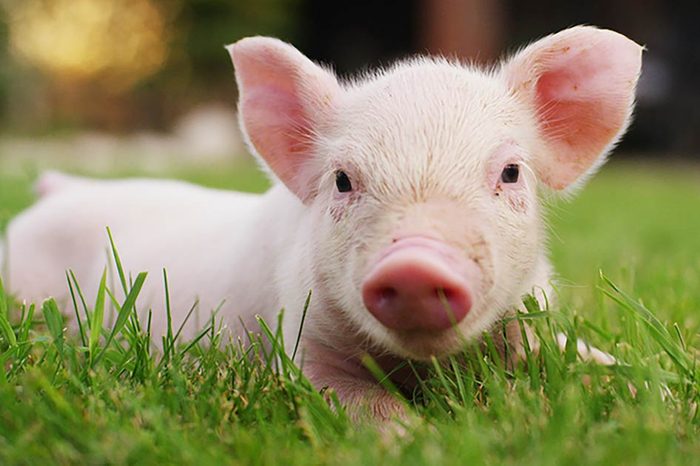
Pigs
They may have a reputation for being a little messy, gruff, and perhaps even smelly, but pigs can make wonderful house pets. They’re remarkably smart, kind, and gentle, and because they don’t have fur they make an ideal alternative to cats and dogs for allergy sufferers. One thing to note, however, is that pigs can get very large. Larger than most dog breeds, in fact, at over 100 pounds. This is true even if they’re marketed as micro or teacup. According to PETA, pigs that remain that small have been unnaturally and cruelly stunted. With all that in mind, pet pigs require a large indoor and outdoor space, lots of food (leftovers are their favorite), and they will need plenty of social interaction with their owners. Bear in mind, too, that you’ll want to check the laws of your state and town to make sure pigs are legal to keep as pets.
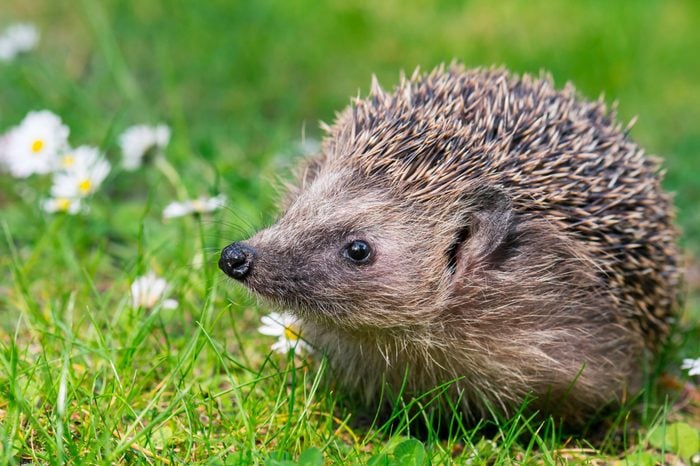
Hedgehogs
If you’re seeking a pet that’s not quite as large as a 100-pound pig, a wee-sized hedgehog just might be your winner. This plump animal is becoming an increasingly popular “exotic pet” alternative, according to the Washington Post. Though small at roughly half a pound to two pounds, this prickly creature is quite active and needs a large cage to roam around in, says hedgehogcare.org. They’re also best for people who are home in the evenings since they’re nocturnal, and they generally get along better with adults instead of kids due to their quills. Note that while it’s legal to own a hedgehog in most states, some states require a permit or outright ban them. Just be careful with it near your face—that’s one way your pets could make you sick.
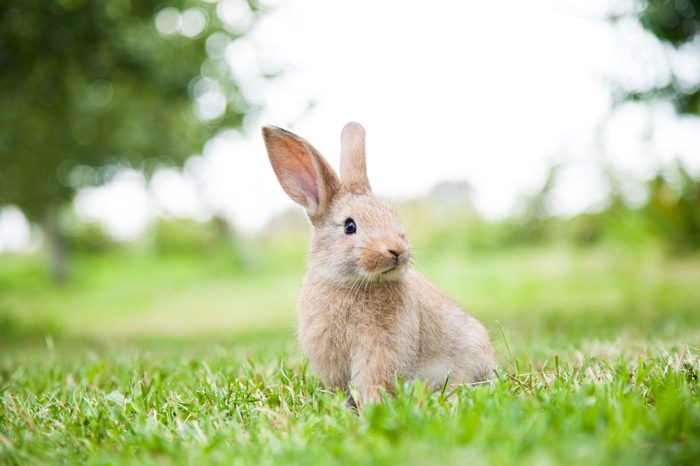
Rabbits
Rabbits make surprisingly lovable, intelligent fur companions. They bond quickly with their owners, have unique personalities, and they can even learn tricks and commands, notes Vetstreet.com. Rabbits do require social interaction, several hours outside of their kennel every day, and someone who’s ready to commit to a rabbit companion for their 8 to 12-year lifespan. Like dogs and cats, rabbits come in a variety of breeds and some are more suitable for those with allergies, specifically the Rex and Mini Rex. As a rule, you probably want to steer clear of long-haired rabbits, like the Angora. Certain breeds of rabbits also make the list of the best low-maintenance pets.
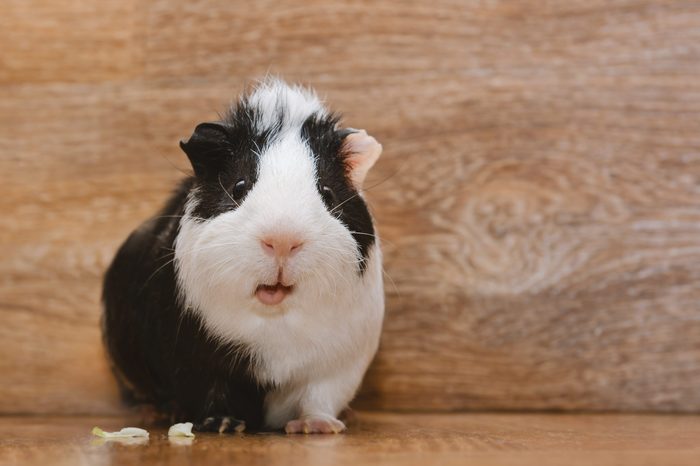
Guinea pigs
Guinea pigs aren’t considered hypoallergenic, but because they generally spend their time in a cage versus running around the house like a cat or dog, any allergens they do produce tend to stay in their living quarters. Handling them and cleaning their cages may produce a mild reaction, so bear that in mind. (There are also hairless guinea pigs.) Caring for guinea pigs is relatively straightforward. They need high-quality food, fresh water, and a large, clean cage with activities that keep them mentally and physically stimulated, says PetCo.
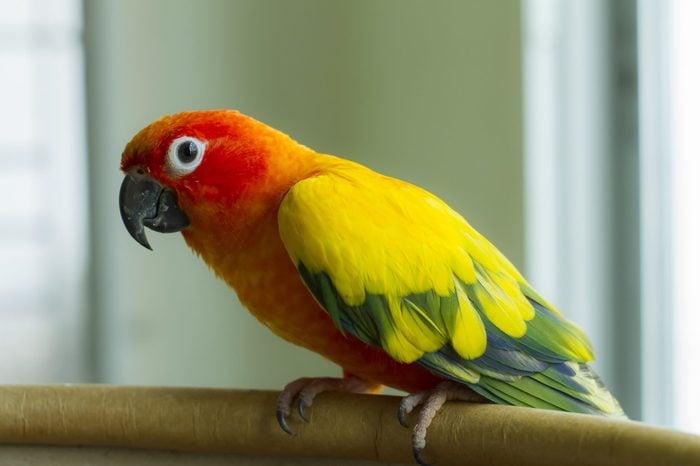
Birds
We often think of birds as free-spirited creatures who wouldn’t dare come too close, but parakeets (budgies) and parrots actually enjoy human companionship. They also are much easier to live with for those who have allergies since they tend to produce less dander and have feathers/down instead of fur. PetMD says that parakeets, Electus parrots, Pionus parrots, and Toucans are all preferred choices for those with allergies. In terms of care, birds need very large cages so they don’t feel confined, and letting them flutter through the house is important, as well (and yes, there will be droppings). Note that while parakeets have a lifespan of five to 15 years, parrots can live between 50 and 100 years, and as such often outlive their owner. One word of advice: you should never keep an owl as a pet.
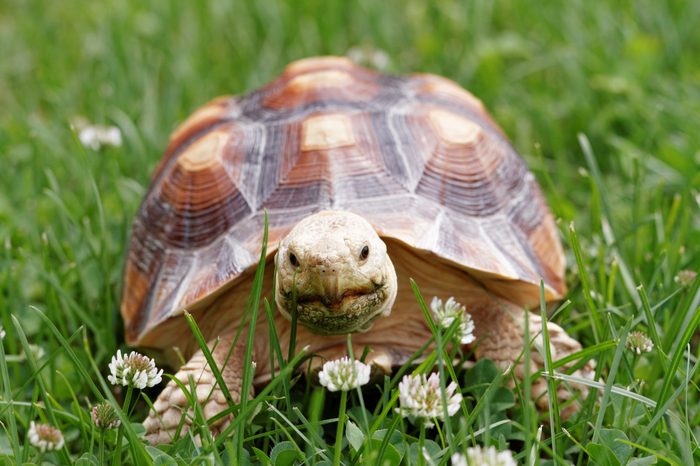
Turtles and tortoises
If a slow-rolling pet that requires very little maintenance is more your speed, a turtle or tortoise may be the way to go. These humble, intelligent creatures are very easy to care for so long as they have plenty of room to roam and an environment that suits their needs. Each species will have its own dietary and living requirements, notes PetMd. For example, a box turtle loves water and therefore needs a space to soak every day. Conversely, a tortoise, which can grow up to 100 pounds, is generally happiest free-roaming a large yard with access to food. Note that turtles can carry salmonella so be sure to wash your hands well after every time you touch them. Like some bird species, turtles and tortoises can live for a very long time. Turtles can live between 10 and 80 years, and an average tortoise lifespan is 80 to 120 years. In fact, they have one of the longest lifespans on earth.
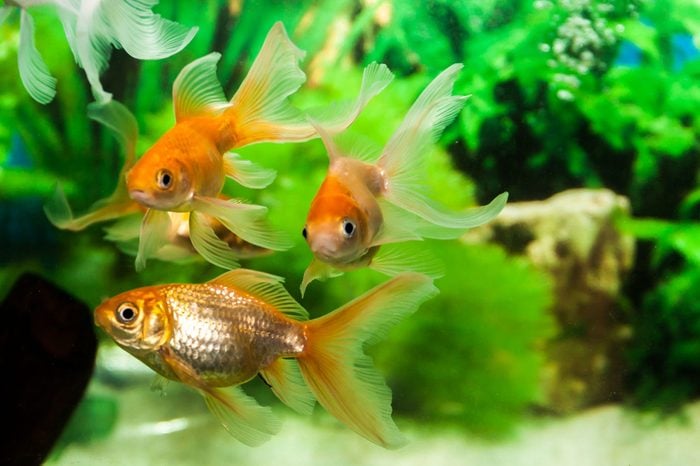
Fish
Fish may get lumped into the “boring pet” category since you can’t pet them or teach them tricks, but to call them dull isn’t really accurate. These aquatic creatures can bring color, beauty, and grace into your home—and they’re also 100 percent dander free. Goldfish and beta fishes are arguably two of the easiest to care for, but there’s an entire world of fish to consider, including the vibrant red and blue Discus, multi-hued Rainbowfish, and the Electric Blue Hap. Just be careful which types of fish you mix in your aquarium as not all kinds live happily together.
